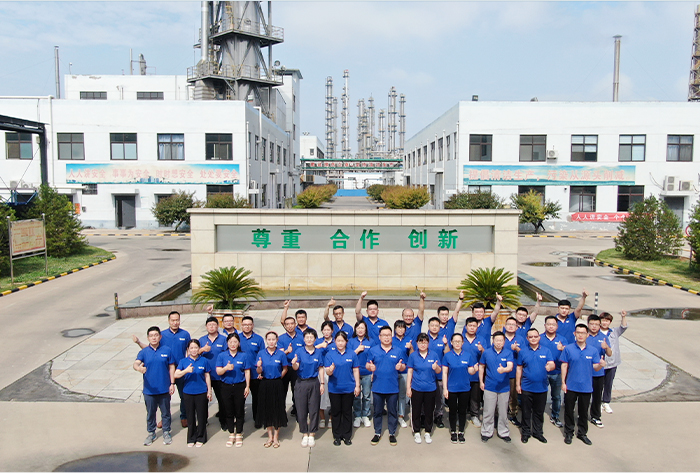Cage-Free Alternatives for Broiler Chicken Farming and Animal Welfare
Oct . 15, 2024 16:20 Back to list
Cage-Free Alternatives for Broiler Chicken Farming and Animal Welfare
The Broiler Chicken Cage Industry A Closer Look
In the world of poultry farming, broiler chickens play a crucial role, particularly in the meat production sector. These chickens, bred specifically for their meat, are often raised in controlled environments, with cages being a common choice for many producers. The use of broiler chicken cages has sparked considerable discussion around animal welfare, production efficiency, and food quality, making it a significant topic of interest in modern agriculture.
Understanding Broiler Chickens
Broiler chickens are a specific breed of poultry that has been genetically selected over decades for rapid growth and high meat yield. They typically reach market weight within six to seven weeks, a timeframe that underscores the efficiency of modern poultry farming practices. As global meat consumption rises, broiler chickens have become the predominant source of poultry meat, prompting the expansion of intensive farming systems that often rely on caged environments.
The Role of Cages in Poultry Farming
Cages offer several advantages in broiler farming. They allow for higher density housing, which can maximize the use of space and resources. Farming in cages can also streamline feeding and watering processes, reducing labor costs and minimizing waste. Moreover, cages can help protect broiler chickens from predators and disease, resulting in lower mortality rates and increased production efficiency.
However, the use of cages has also invited criticism, particularly from animal rights advocates and welfare organizations. Concerns about the psychological and physical well-being of animals housed in confined environments have led to heated debates about the ethics of such farming practices. Critics argue that caged systems can restrict natural behaviors, leading to stress and discomfort for the chickens.
Welfare Concerns and Industry Responses
broiler chicken cage

In recent years, the poultry industry has faced increasing pressure to improve animal welfare standards. The rise of social media and public awareness has led to greater scrutiny of farming practices, prompting many producers to reconsider their methods. Some have begun transitioning to more humane housing systems, such as free-range and pasture-raised environments. These systems aim to provide chickens with more space and a more natural lifestyle, though they also come with higher costs and require different management strategies.
In response to consumer demand for more ethical food sources, many brands now market their products as cage-free, free-range, or organic, signaling a commitment to improved animal welfare standards. While these labels can promote more sustainable practices, they also highlight the complexities associated with animal husbandry, the necessity of balance between welfare and productivity, and the diverse consumer preferences.
The Future of Broiler Chicken Cages
As the conversation around food production evolves, the future of broiler chicken cages remains uncertain. Innovative technologies, such as automated feeding and environmental control systems, continue to emerge, enabling farmers to enhance both production efficiency and animal welfare. These advancements may lead to more sustainable practices that satisfy both consumer demand and ethical considerations.
Furthermore, ongoing research into the impacts of housing conditions on broiler health and behavior is expanding our understanding of optimal farming practices. It is critical for the industry to adapt to these findings, as consumer preferences shift towards more humane and sustainable sources of meat. Policies advocating for animal welfare in farming practices are likely to grow in importance, influencing the regulatory landscape and encouraging producers to adopt more responsible practices.
Conclusion
The broiler chicken cage industry is at a crossroads, confronting significant challenges related to animal welfare, consumer expectations, and production efficiency. As the sector navigates this complex landscape, it must strike a balance between the demands of modern agriculture and the ethical considerations that are increasingly shaping public opinion. Ultimately, the goal should be to create a sustainable poultry farming model that respects the welfare of the animals while meeting the needs of a growing global population. The journey toward improvement may be long, but it is essential for the future of both agriculture and animal welfare.
-
Automatic Feeding Line System-Pan Feeder Nipple Drinker|Anping County Yize Metal Products Co., Ltd.
NewsJul.29,2025
-
Hot Sale 24 & 18 Door Rabbit Cages - Premium Breeding Solutions
NewsJul.25,2025
-
Automatic Feeding Line System Pan Feeder Nipple Drinker - Anping County Yize Metal Products Co., Ltd.
NewsJul.21,2025
-
Automatic Feeding Line System Pan Feeder Nipple Drinker - Anping County Yize Metal Products Co., Ltd.
NewsJul.21,2025
-
Automatic Feeding Line System - Anping Yize | Precision & Nipple
NewsJul.21,2025
-
Automatic Feeding Line System - Anping Yize | Precision & Nipple
NewsJul.21,2025






